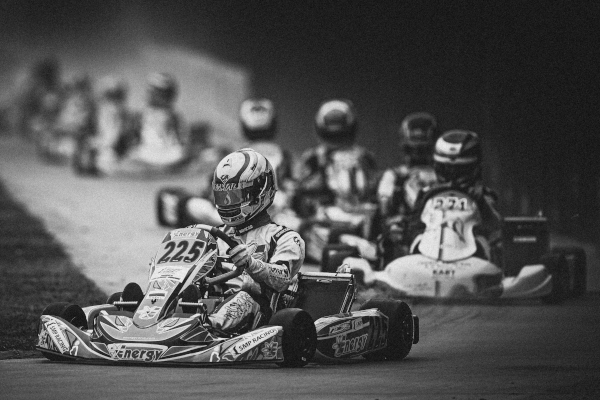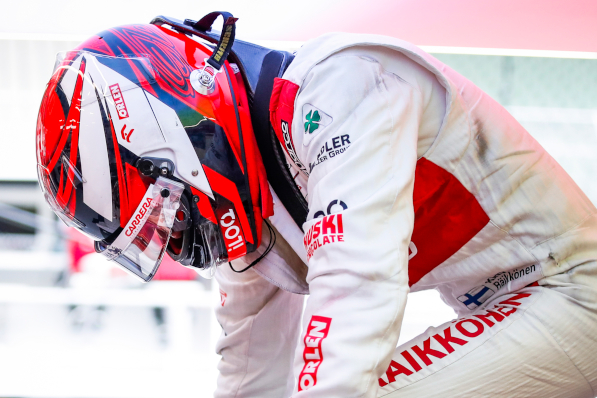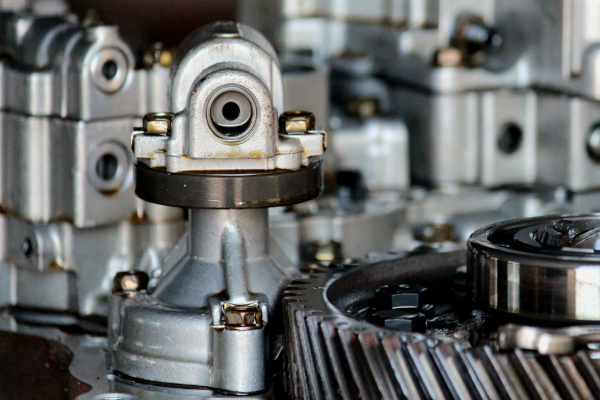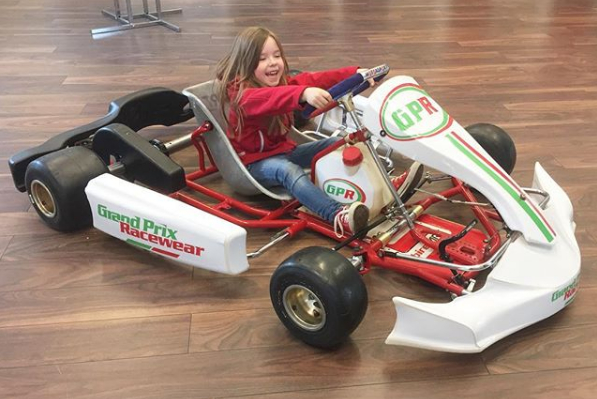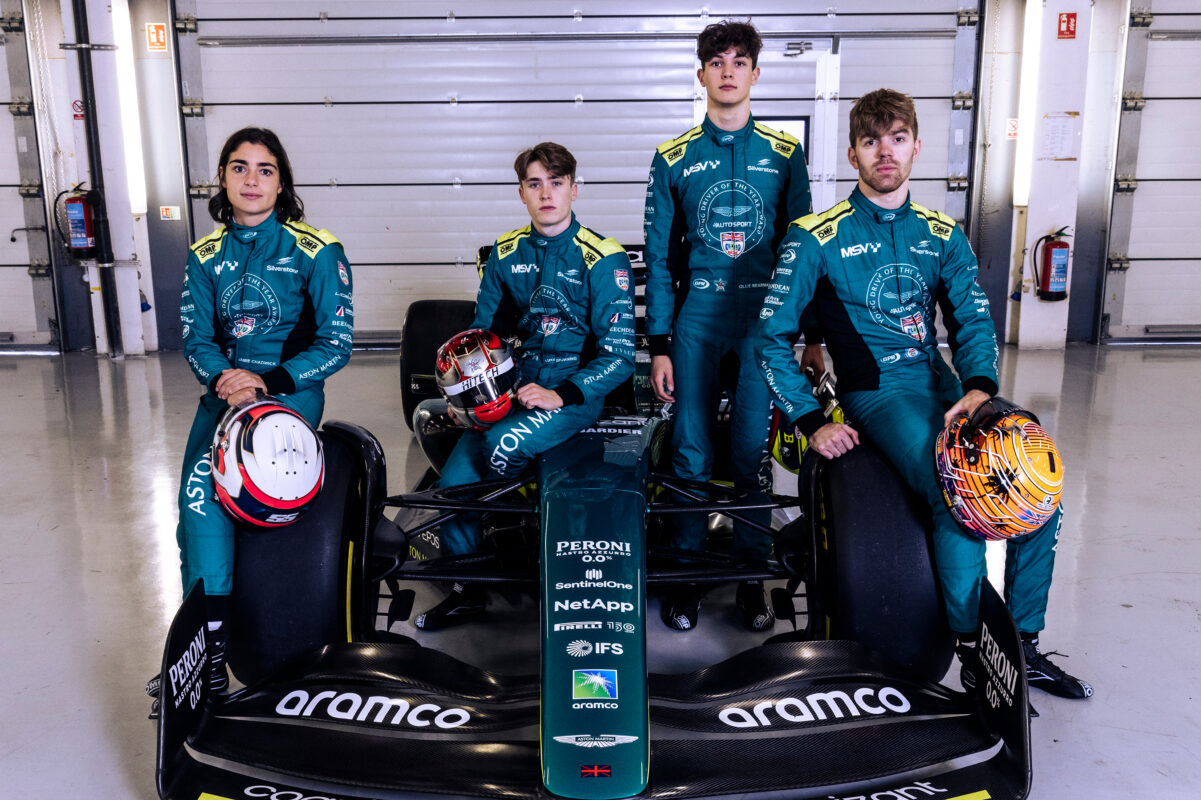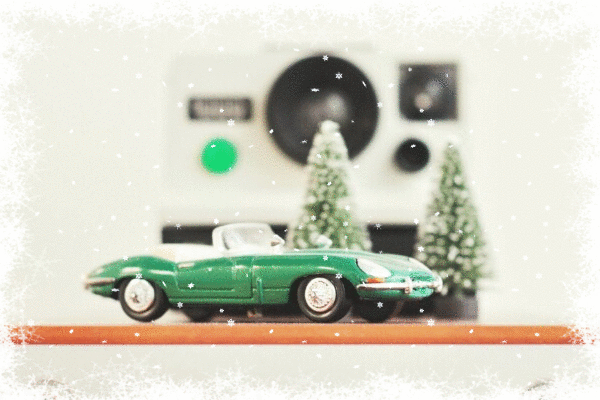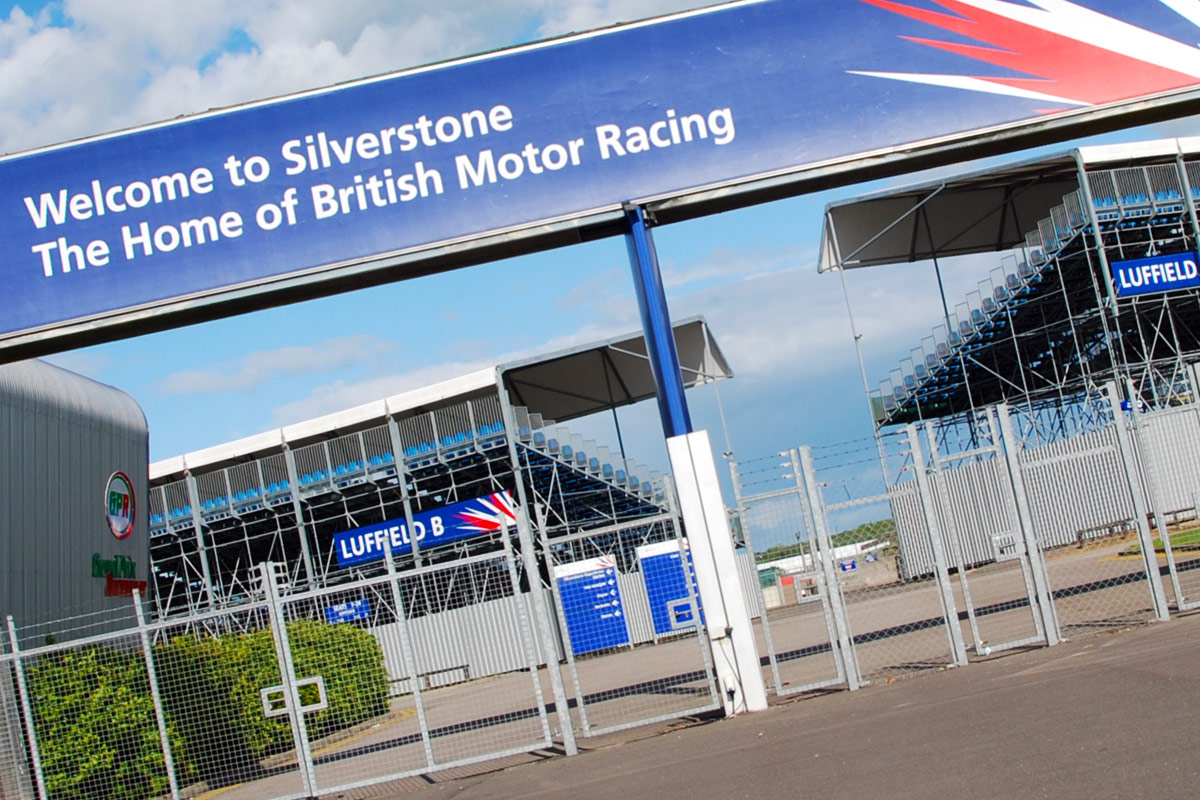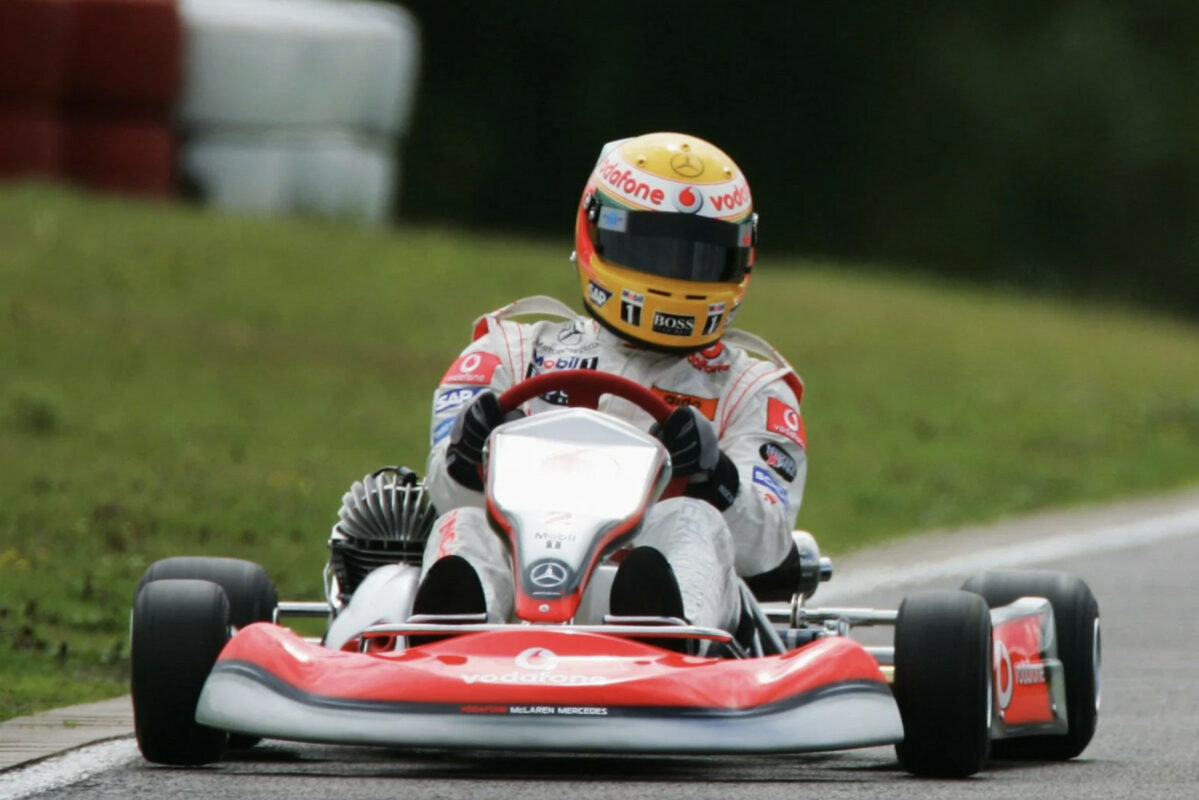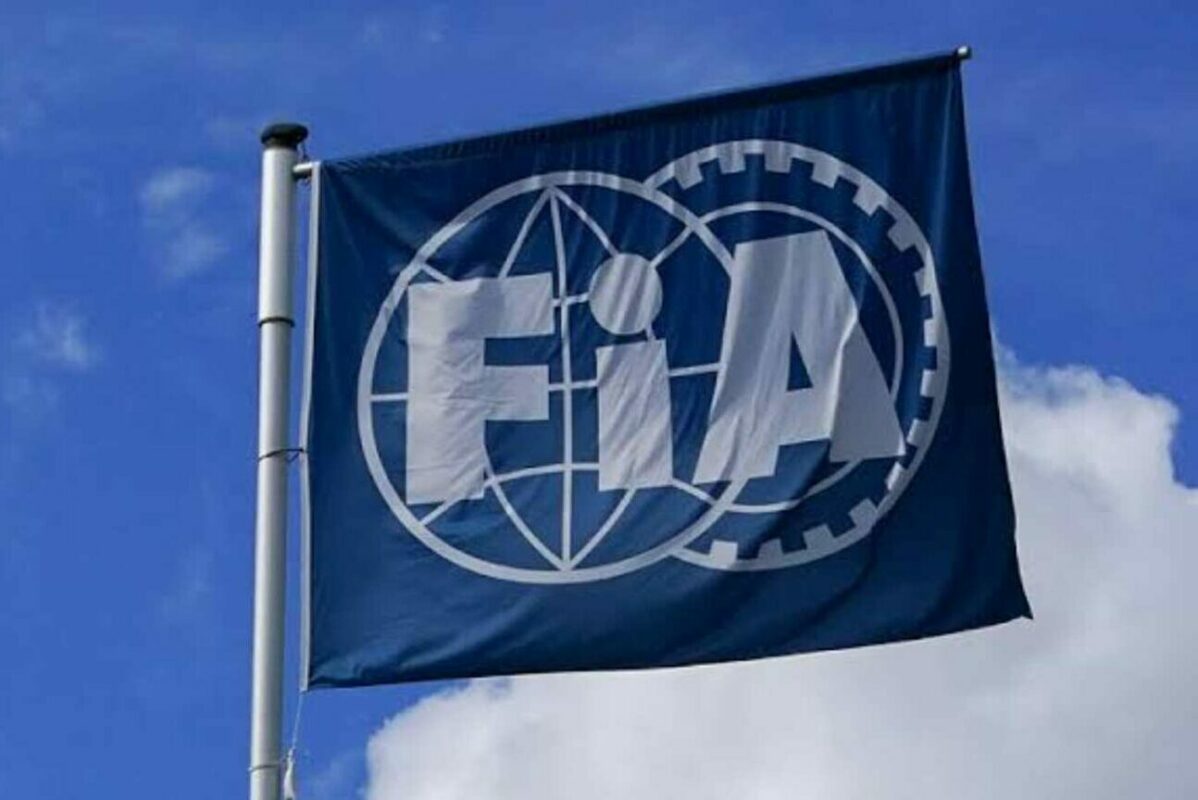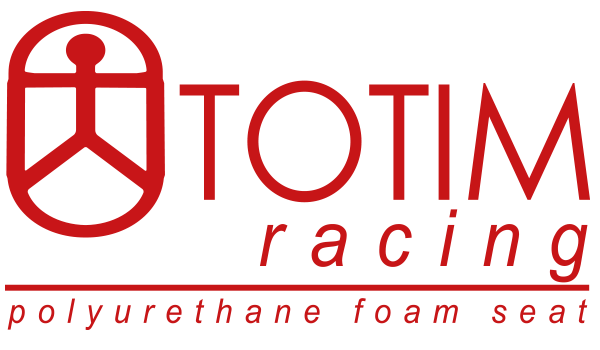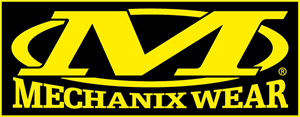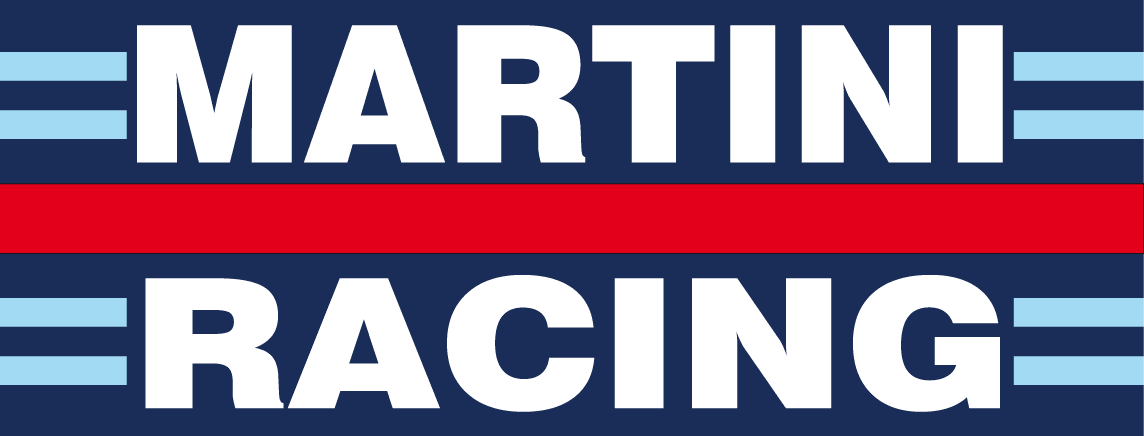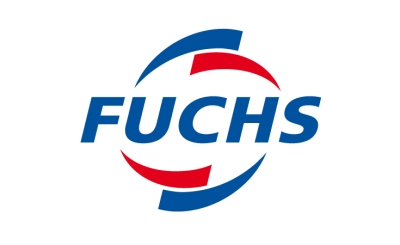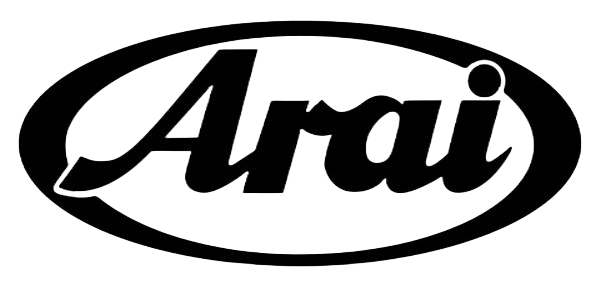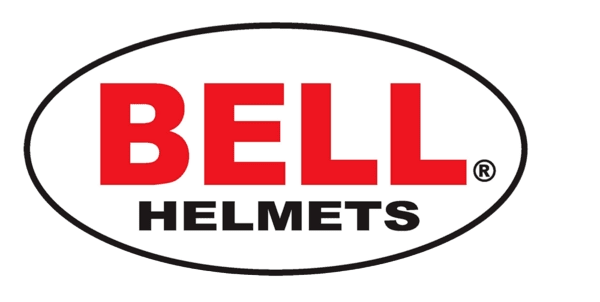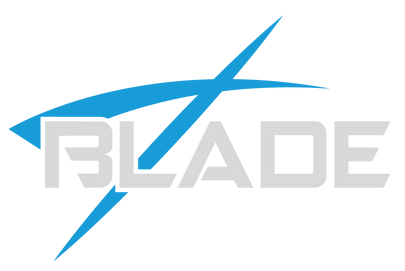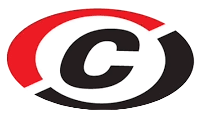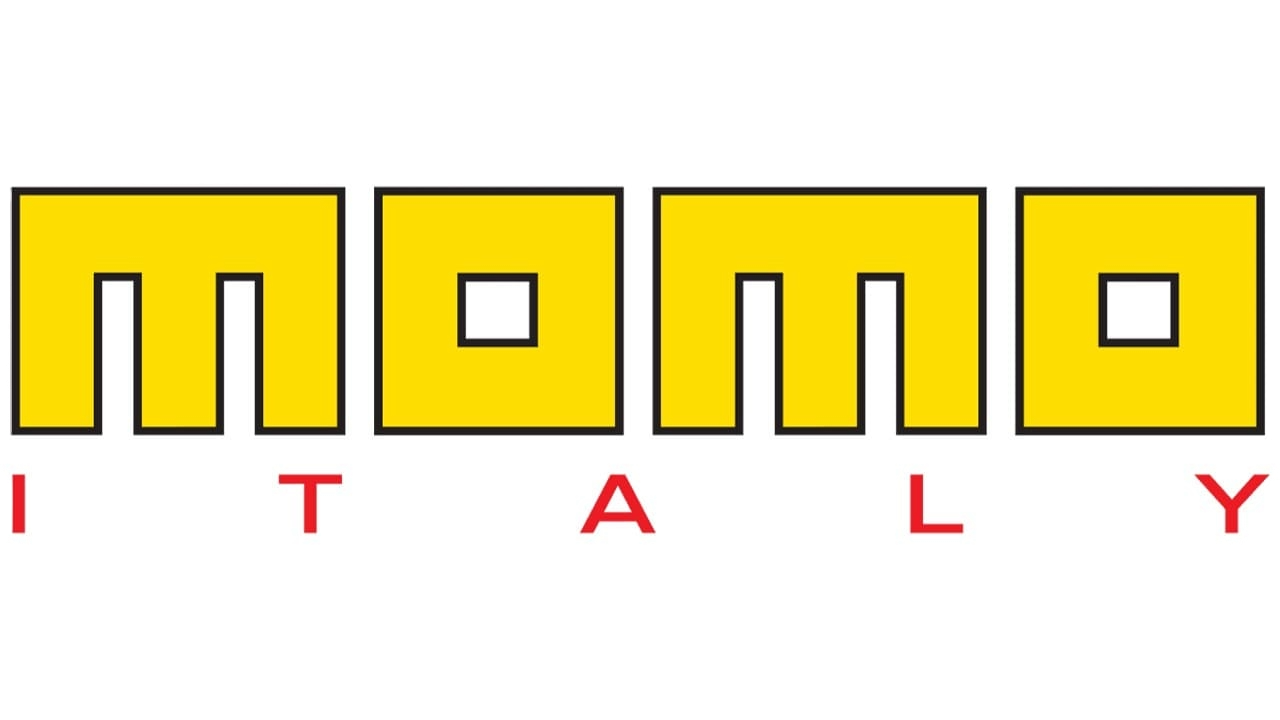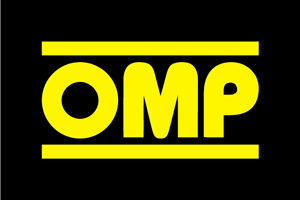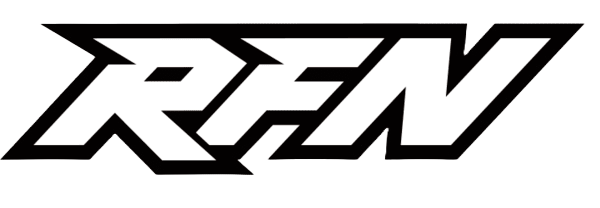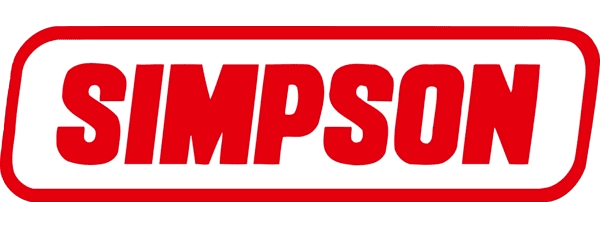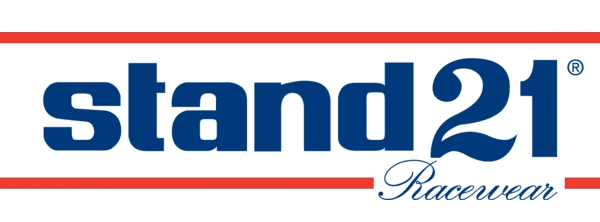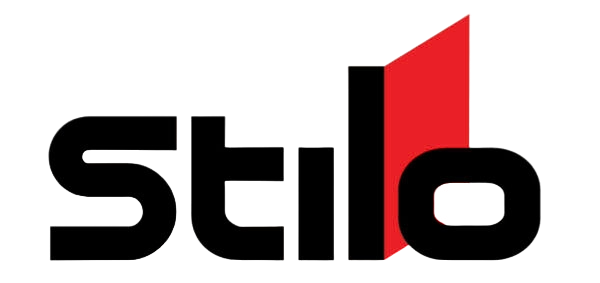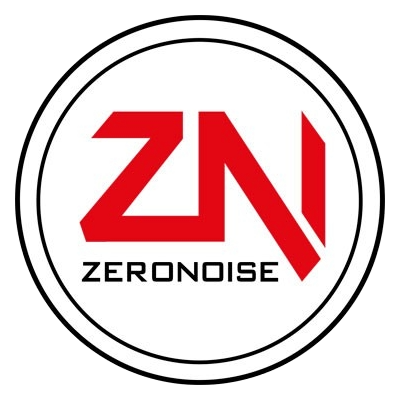Do I need a full-faced or open-faced helmet?
If you do any form of open cockpit racing such as single seaters or karts, you should always wear a full-faced helmet, which will offer greater protection to the chin and jaw in the event of an accident and shield the driver from the cold.
Open faced helmets are typically used for track days, rally sports and any closed cockpit driving as they offer better visibility and more ventilation than full faced helmets. If you prefer to wear a full faced helmet, we can recommend models that have a wider aperture for closed cockpit racing.
What sort of helmet do I need for a track day?
You are permitted to wear any type of helmet for track days, and non-homologated helmets are acceptable. Homologated helmets will offer greater protection and we would always recommend that you use one for optimum safety.
How much should I spend on a helmet?
The simple answer is that you should spend as much as you can afford. Of all the safety equipment you will buy, your helmet is the most important item of all, protecting you from debris, fire and of course, impacts that could be life-changing or life-threatening.
How do I get the perfect fit?
The fit of your helmet is crucial. It needs to be snug without being uncomfortable and must always allow you a clear line of sight. GPR features helmets from leading brands including Arai, Bell, OMP, Sparco and Stilo. Each brand sizes their helmets slightly differently, so always refer to the manufacturers’ size guide on the product page. If your helmet doesn’t fit perfectly, don’t forget that we will collect, exchange and re-deliver for free, (if your helmet cost over £200 ex VAT (UK Mainland only).
If you’re able to visit our Silverstone showroom, we have a huge range of helmets in stock that you can try on in-store.
What is the current homologation standard?
There are different homologation standards for helmets. For lower-level racing, FIA 8859-2015 (Snell SA2020) is the current standard, and helmets, unlike racesuits, have no expiry date. For higher levels of motorsport such as British GT and above, the FIA 8860-2018 standard applies and is required. These helmets are lighter and offer greater protection. Helmets that comply with FIA 8860-2018ABP includes anti-ballistic protection to offer safety against debris thrown up from the track or a vehicle in front. They also have a narrower aperture to reduce the amount of the face and eyes that could be exposed.
Are other homologations still valid?
Older homologations have expiry dates, and the following are still valid but will need to be replaced after expiry.
FIA 8858-2010 – expires 31st December 2023
Snell SA2010, SA2015 and SAH2010 – expire 31st December 2023
FIA 8860-2010 – expires 31st December 2028
What is the difference between FIA Homologation and Snell Standards?
FIA homologations are used in the UK, whilst Snell Standards are more commonly used in Europe and the USA. All our helmets are labelled with both FIA and Snell Standards.
What materials are helmets manufactured from? Are they fireproof?
The newest helmets that comply with the FIA 8860-2010 standard are made from carbon fibre. Helmets that meet the FIA 8859-2015 standard can be carbon, fibre glass or a mixed composite. Carbon fibre is the lightest and strongest option, and this is reflected in the price.
All motor racing helmets supplied by GPR feature Nomex interiors which offer enhanced protection in the event of a fire. Additional fire protection will also be provided by wearing a Nomex balaclava under your helmet and this is always recommended for motor racing.
What sort of helmet do I need to incorporate a Frontal Head Restraint (FHR)?
All our helmets have the capacity to be used with an FHR or HANS device. Some are supplied with HANS clips attached, whilst others require this as an optional extra. If you are not sure, please check with us when you order. For further information on FHR and HANS devices, have a look at our HANS Devices Buying Guide.
What sort of visor do I need?
All our helmets are supplied with a clear visor, unless specified, and some come with a dual screen for anti-fogging. Anti-fog visors are available separately, as are different coloured visors which can enhance visibility on different driving conditions as well as offering style choices for racers.
What sort of helmet do I need if I want to incorporate a communications system?
We offer a broad range of helmets that are supplied with in-built communications for driver to pit radio systems and for rally intercoms – don’t forget you will need an intercom amplifier to connect the driver and co-driver helmets together. We recommend buying factory fitted options, but we are happy to retro-fit communications in any helmet if required.
Is there anything that will extend the life of my helmet?
There are a couple of simple ways to preserve the comfort, enhance the life and maintain the condition of your helmet. Helmet driers will remove the sweat after racing, reducing wear and improving comfort and a helmet bag will protect your helmet from accidental scratches and dings.
Where can I find out more about equipment standards?
Please call our Customer Service Team on 01327 855 585 and we’ll be happy to ask any questions you have about standards for helmets or any other part of your motor racing equipment. Alternatively, please visit www.motorsportuk.org/resource-centre.




